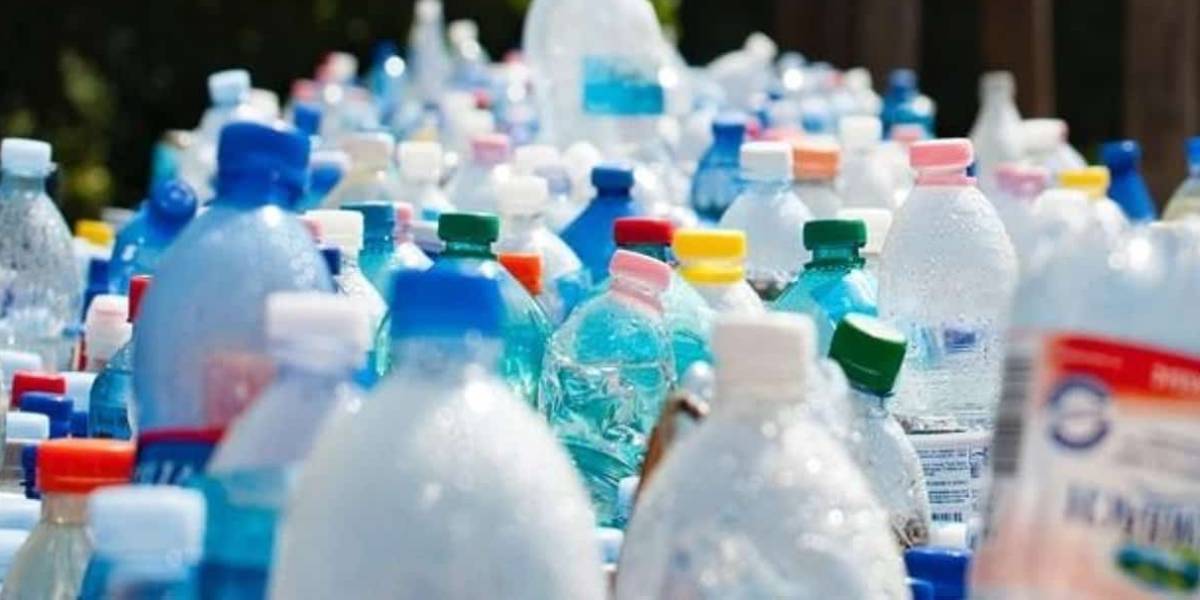Bisphenol A is produced in large quantities for use primarily in the production of water bottles, food storage containers, eyeglass lenses, etc.

BPA is known to be an endocrine disruptor, which means it can interfere with the body's hormonal system. (Creative Commons)
A study, conducted by Hyderabad-based ICMR-National Institute of Nutrition (NIN) on rats, has demonstrated the adverse effects of exposure to bisphenol A (BPA) during pregnancy on the male reproductive function of rat offspring.
BPA is a chemical produced in large quantities for use primarily in the production of polycarbonate plastics, which are clear, rigid plastics often used for products such as water bottles, baby bottles, food storage containers, eyeglass lenses, and some dental devices.
BPA is known to be an endocrine disruptor, which means that it interferes with the body’s hormonal system. It can mimic the hormone oestrogen and binds to oestrogen receptors, potentially disrupting the normal hormonal balance.
The study, published in the International Journal of Molecular Sciences, has reported the lasting impact of foetal exposure to BPA on testicular functions relevant to sperm maturation among adult male rats.
In the study, pregnant rats were divided into two groups — one group was exposed to BPA for 4-21 days during pregnancy, while the second group was not exposed to BPA.
The male babies born to the BPA-exposed rats showed reduced concentration, localisation of expression of certain fatty acids, thus adversely affecting the system which is required for protecting the membrane fluidity and maturity of the sperm.
This disruption can potentially lead to compromised sperm quality in adulthood, the study stated.
“Our findings suggest a crucial link between early exposure to BPA and the possible long-term health of the male reproductive system,” Sanjay Basak, a scientist in the Molecular Biology Division of ICMR-NIN, who led the study, said in a statement.
While many factors can contribute to male infertility, including lifestyle, it is alarming to find that gestational exposure to endocrine disruptors like BPA is emerging as a significant risk to male reproductive health in the offspring, Basak stated.
“This raises significant concern as BPA exposure is widely prevalent in our daily life. However, similar exposure in the clinical interface is required to confirm these risks,” he said.
“Exposure to such endocrine disrupters is almost inevitable in our everyday life through various routes, including dermal, respiratory, oral routes from the atmosphere, and leaching of plastic food-container surfaces,” explained Hemalatha R, Director, ICMR-NIN.
Therefore, on a cautionary note, Basak and his team suggest that pregnant women and those planning to conceive a child should avoid exposure to BPA-containing plastic products. They emphasised the importance of opting for plastic-free alternatives whenever possible, the release added.
As mentioned by Dr Hemalatha, exposure to endocrine-disrupting chemicals (EDC), such as bisphenols, is inevitable in our everyday life, even at the microscopic level, through various modes, including dermal exposure, leaching from food-containing surfaces, microplastic contaminants from marine-sourced foods, and the recycling of non-degradable residual pollutants.
Although bisphenol A is detected in maternal and foetal tissues, the foetus is not equipped with BPA-antagonising machinery, making it vulnerable to exposure during the developmental window, which could have long-lasting programming on the functions of organs.
BPA binds to oestrogen-related receptors with high affinity and suppresses androgen receptors in the testis, increasing the risk for male infertility. Emerging data suggest a closer alignment between urinary BPA levels and reproductive malfunctions in males.
BPA exposure during pregnancy and early childhood may have developmental consequences. Animal studies have shown that BPA exposure can lead to behavioural and cognitive changes, as well as an increased risk of developmental disorders.
BPA is released into the environment through the production and disposal of plastic products containing BPA. It can leach into water and soil, posing a potential risk to aquatic ecosystems. BPA is also known to bioaccumulate in some organisms, which can further magnify its impact on the food chain.

May 21, 2024

May 21, 2024

May 21, 2024

May 20, 2024

May 20, 2024

May 20, 2024